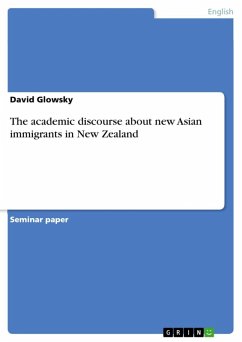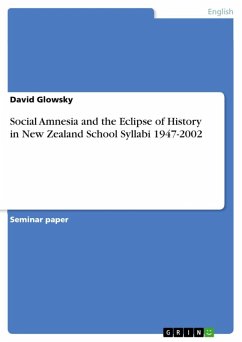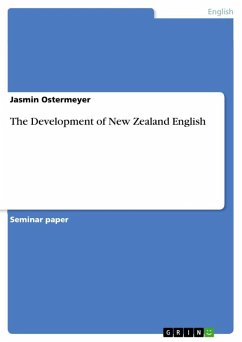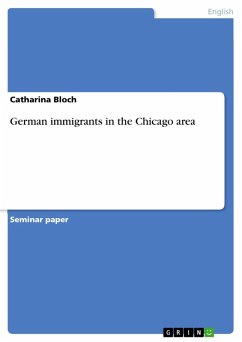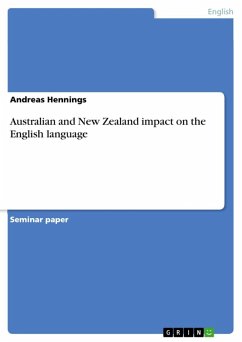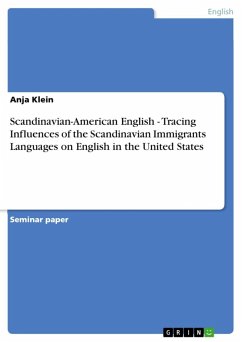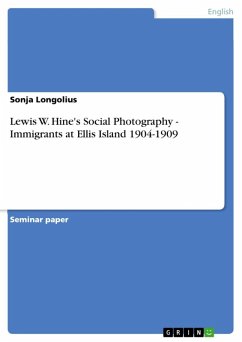Seminar paper from the year 2002 in the subject English Language and Literature Studies - Culture and Applied Geography, grade: 1,7 (A-), Victoria University of Wellington (Robert Stout Research Centre), course: Contemporary New Zealand, language: English, abstract: Until the end of the 1980s, New Zealand's experience with immigrants from Asia was limited in two ways: Firstly, the New Zealand Asian population was rather homogenous and practically limited to mainland Chinese and Indians, who recruited the two visible Asian communities in the country. Regarding ethnic origin, the 1986 census still divided the New Zealand population into European (2,651,376), New Zealand Maori (295,317), several Pacific Island Polynesian origins (total 94,656), Chinese (19,506), Indian (12,126) and 'other' (14,487).1 Secondly, the Asian population was disappearingly small. Since the arrival of the first Chinese and Indians in the 19th century, their proportion to/with the total population had only grown very little, from 0.3 % in 1945, over 0.7 % in 1966 to 1.0 % in 1986. Changed immigration rules led to a far broader influx of Asian immigrants from 1987 onwards. The fourth Labour government had initiated the first ele mentary recast of immigration policy since 1961. In the 1986 White Paper, which set out the policy of the 1987 Immigration Act, there was no reference to traditional links with Britain - a novelty since the foundation of New Zealand. Its main objective was to 'select new settlers principally on the strength of their potential personal contribution to the future well-being of New Zealand.'2 In the same year, the Business Immigration Policy (BIP) was introduced. Many Asian immigrants took the opportunity under the general and business categories. In 1991 the newly elected National government substituted the general category with a points system. Under the new 1991 system, the business immigration numbers dropped sharply, and the points system became even more important. 2 Whereas Asian immigrants had comprised under 20 % of the total immigration numbers until 1986, this figure rose to well above 50 % after 1991. The main sources of Asian immigration were no longer China and India, but mainly Taiwan, Hong Kong, South Korea, Malaysia, also Thailand, Singapore, the Philippines, Sri Lanka and Japan. The traditional New Zealand conception of who Asian immigrants were, was no longer applicable. The change faced New Zealand academics with a challenge, when they were writing about Asian immigration after 1986. This essay examines the academic discourse about new Asian immigrants in the years 1995 and 1996. It focuses on a selection of three texts from Manying Ip (1995), Ravi Arvind Palat (1996) and Malcolm McKinnon (1996)...
Dieser Download kann aus rechtlichen Gründen nur mit Rechnungsadresse in A, B, BG, CY, CZ, D, DK, EW, E, FIN, F, GR, HR, H, IRL, I, LT, L, LR, M, NL, PL, P, R, S, SLO, SK ausgeliefert werden.

